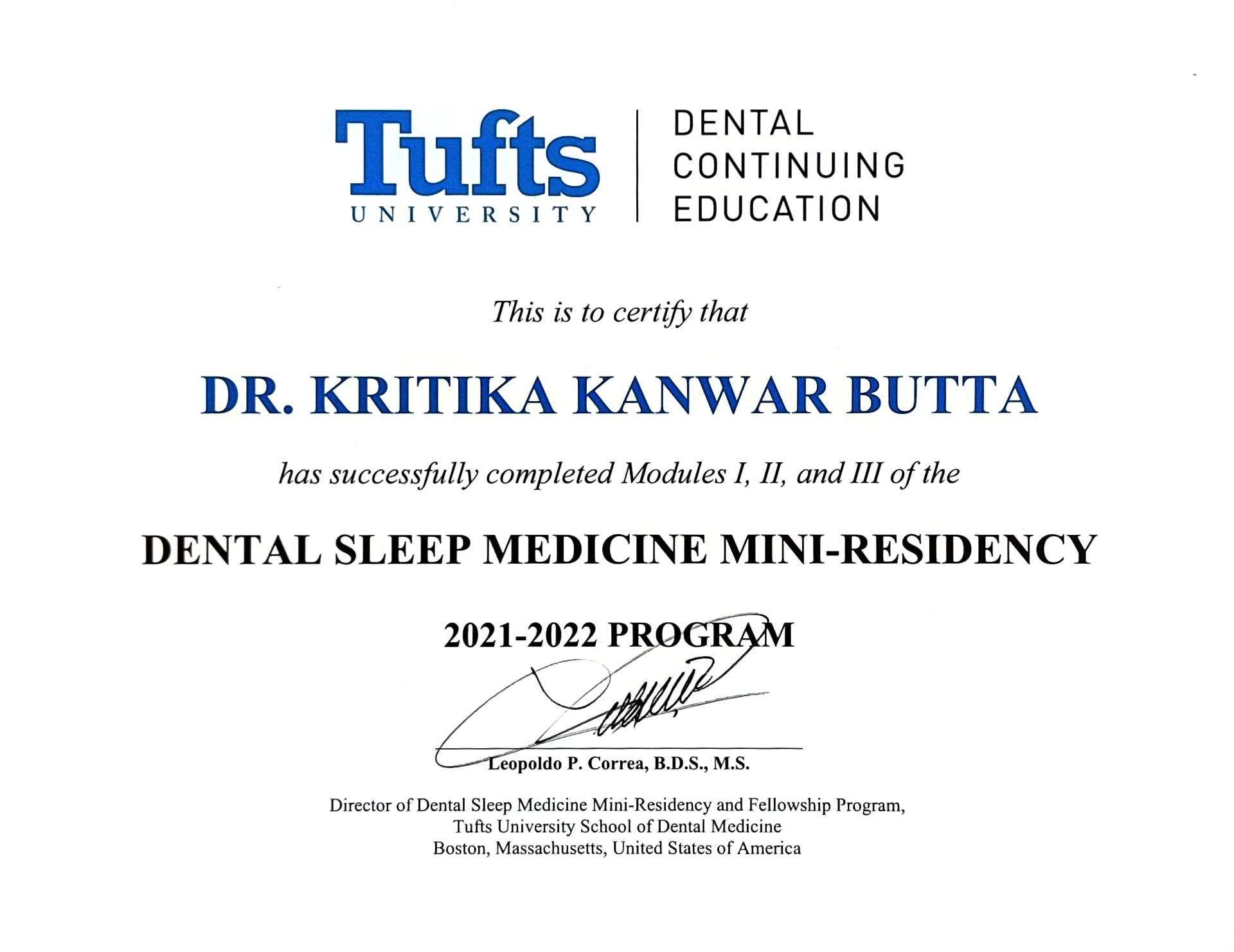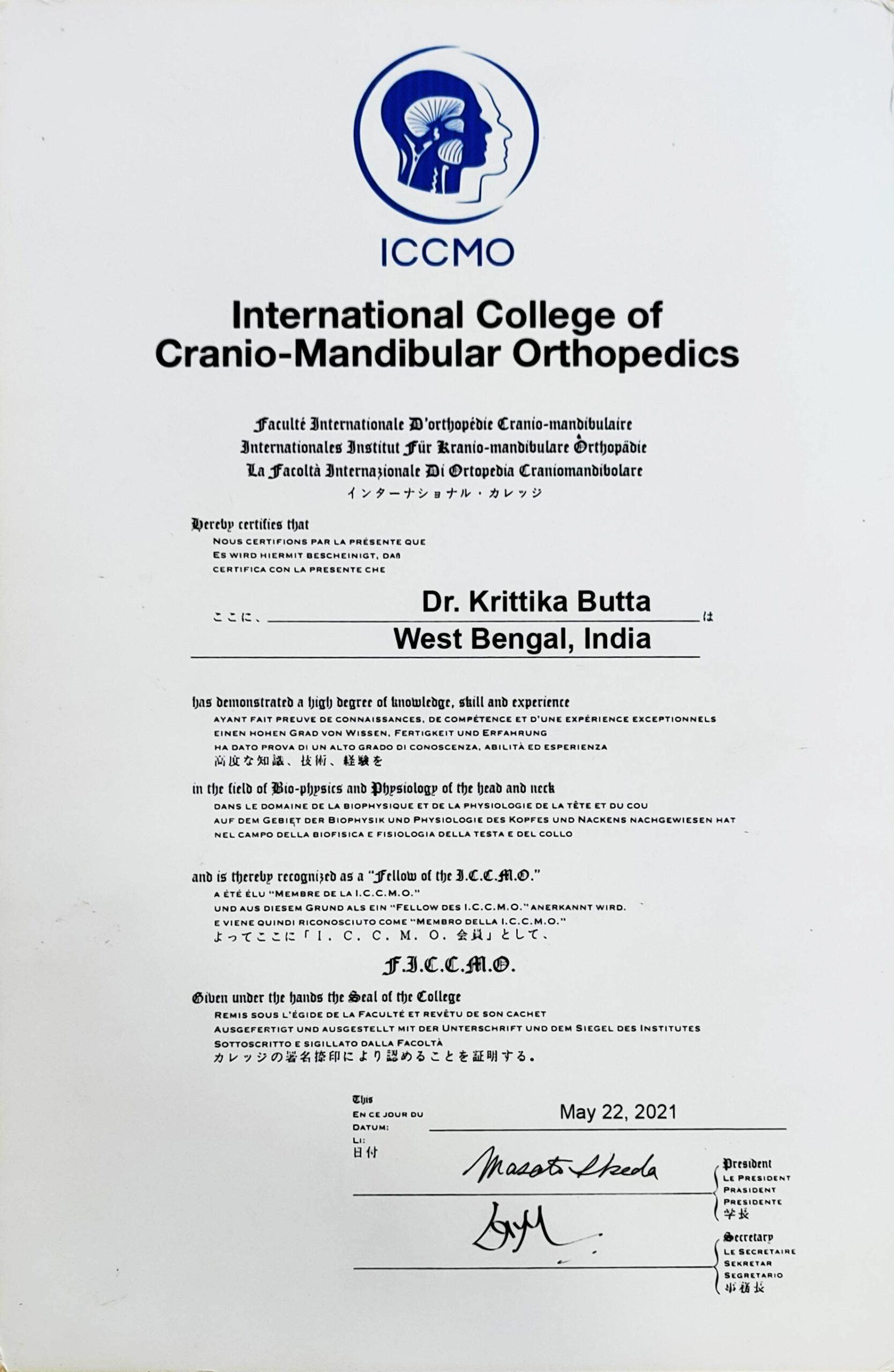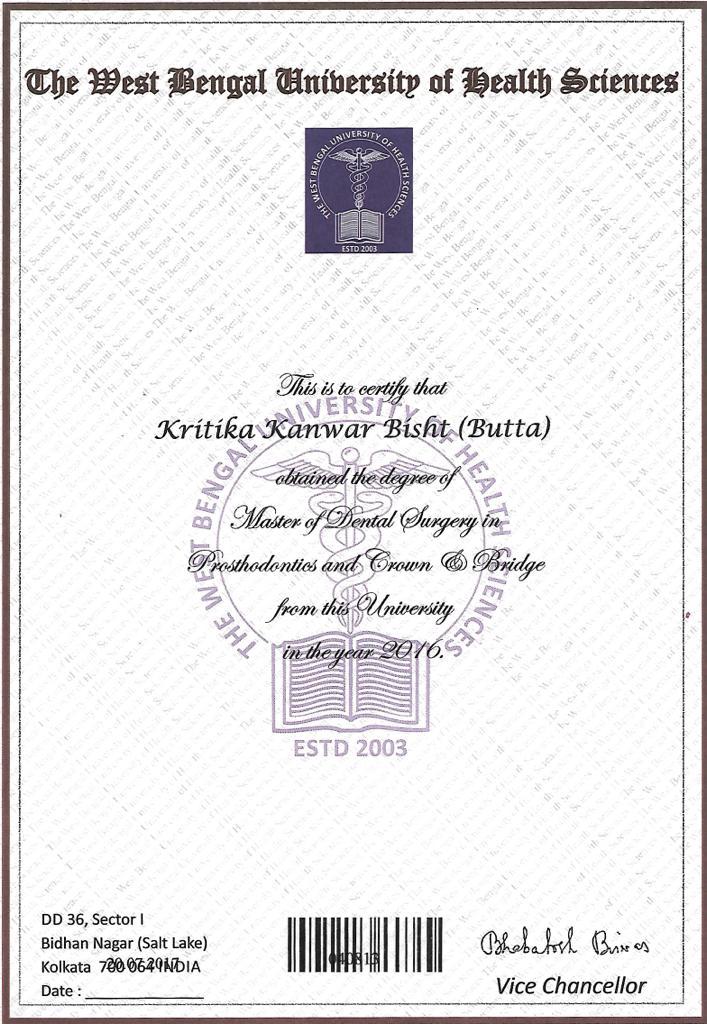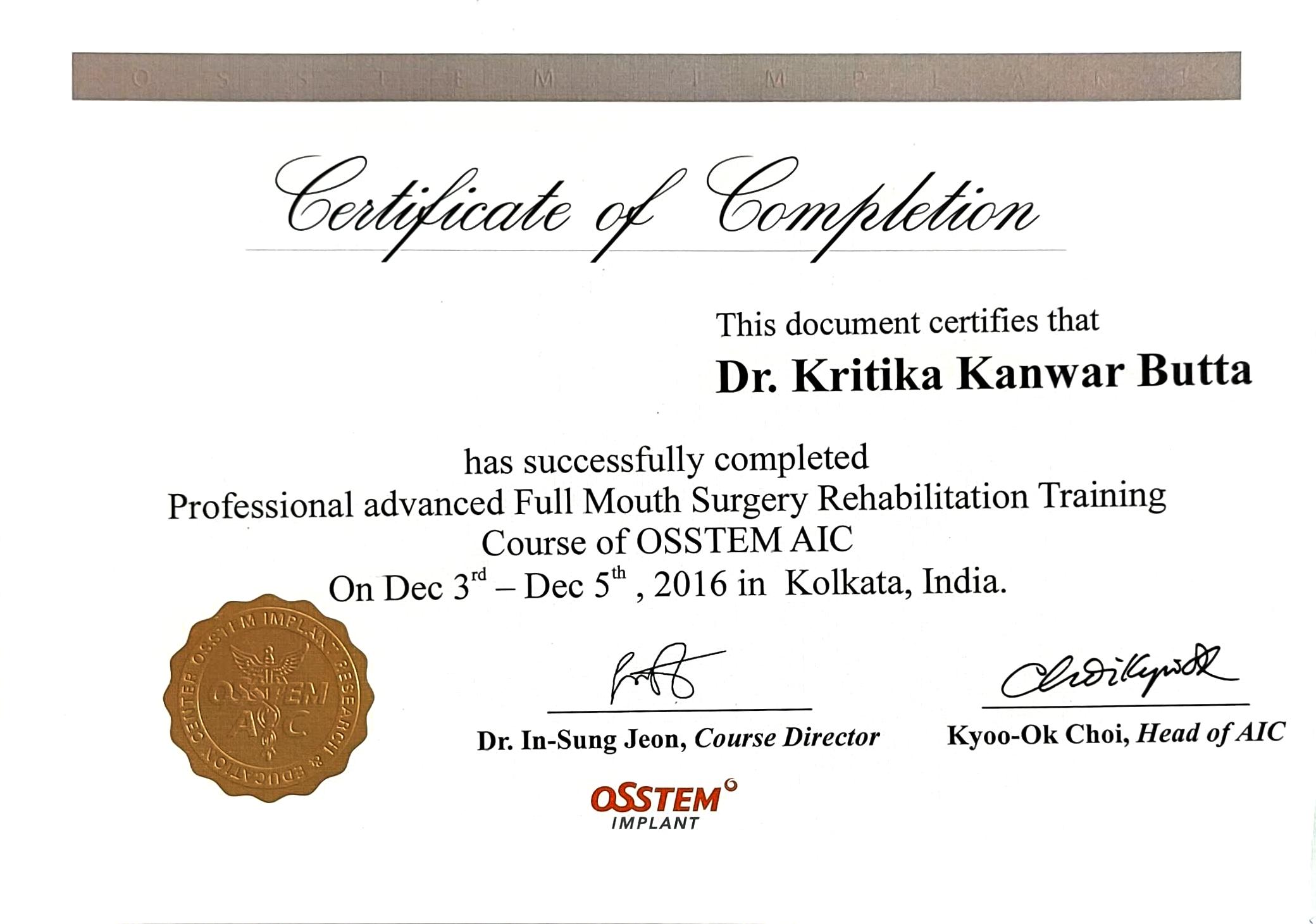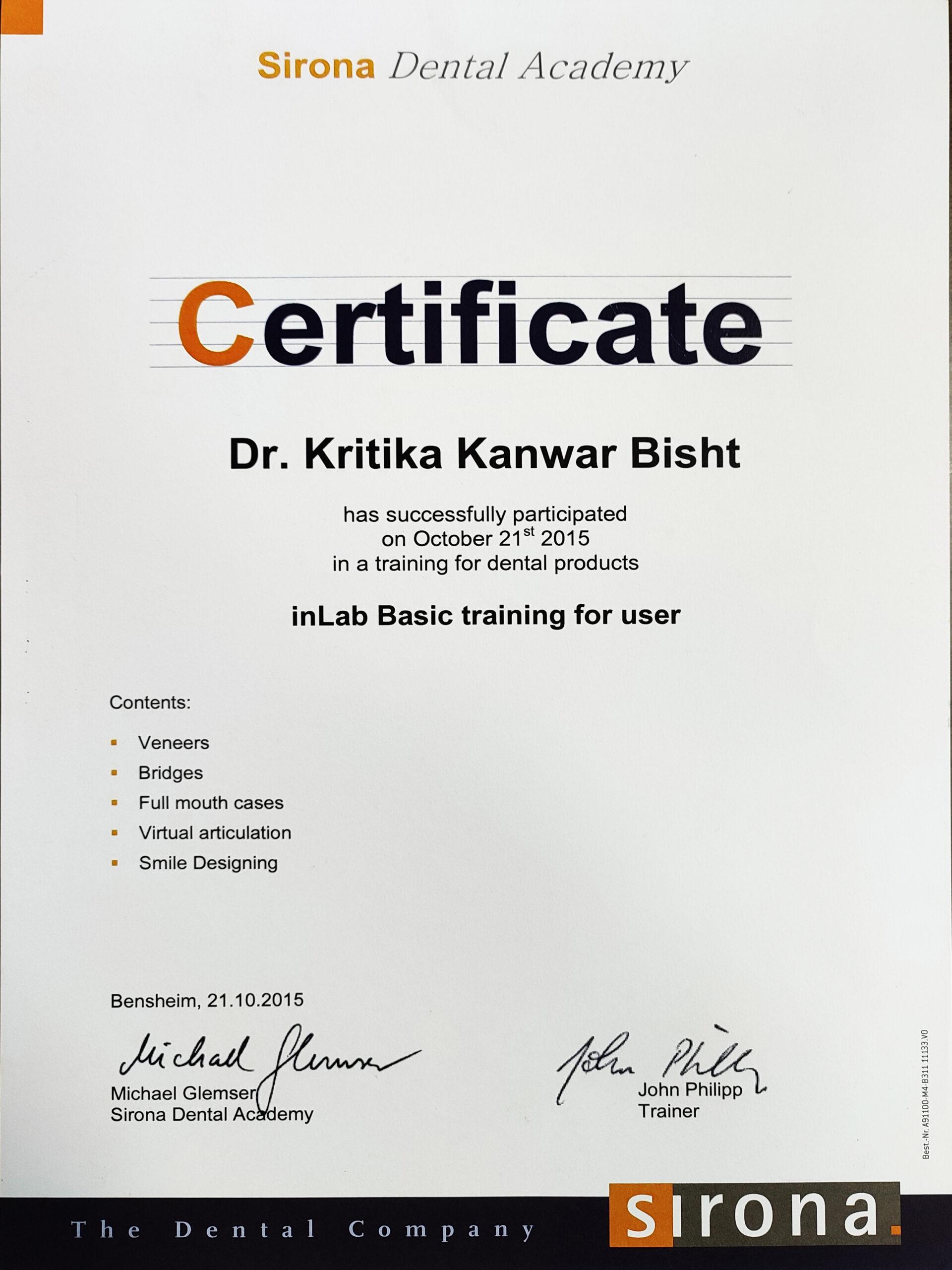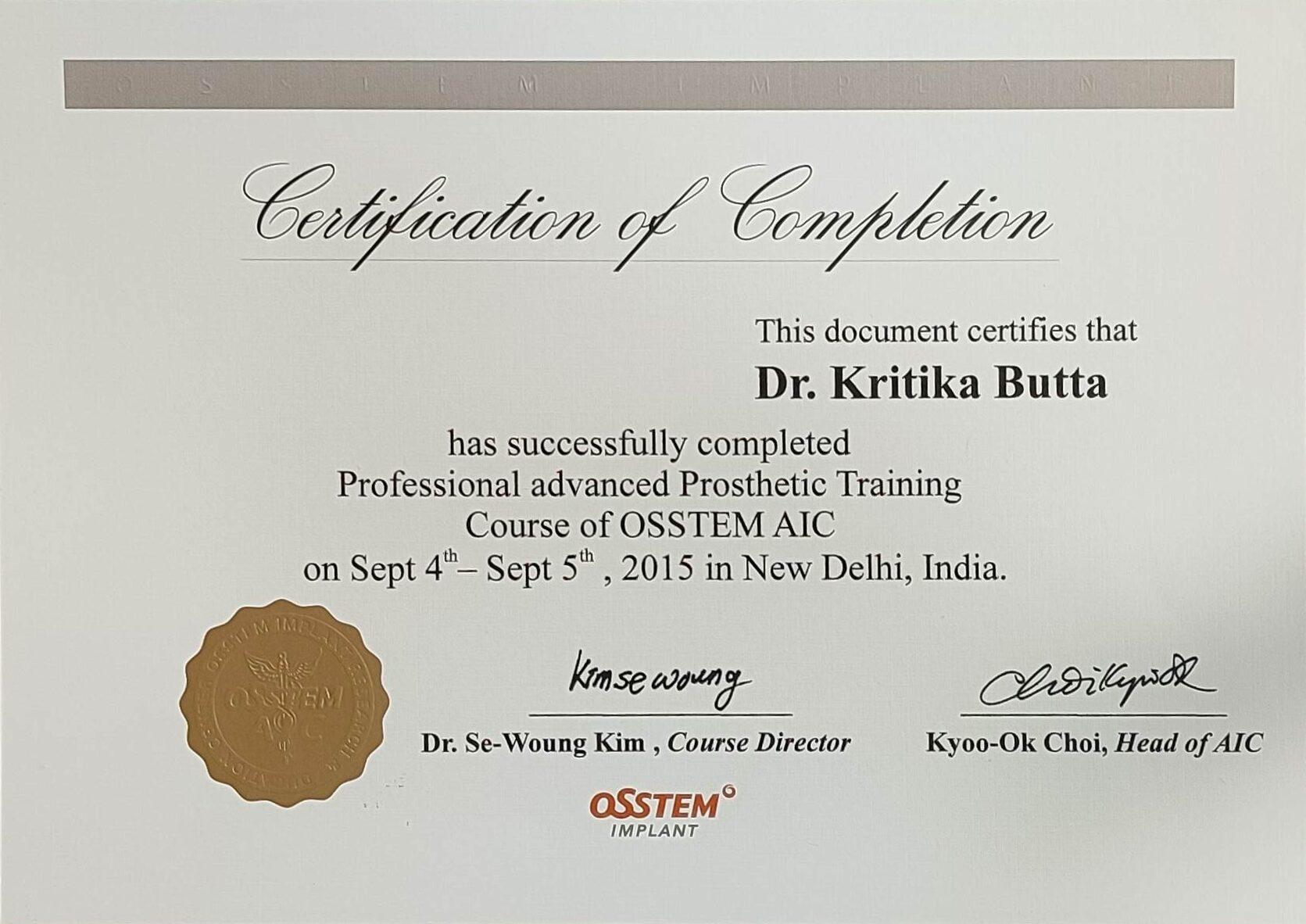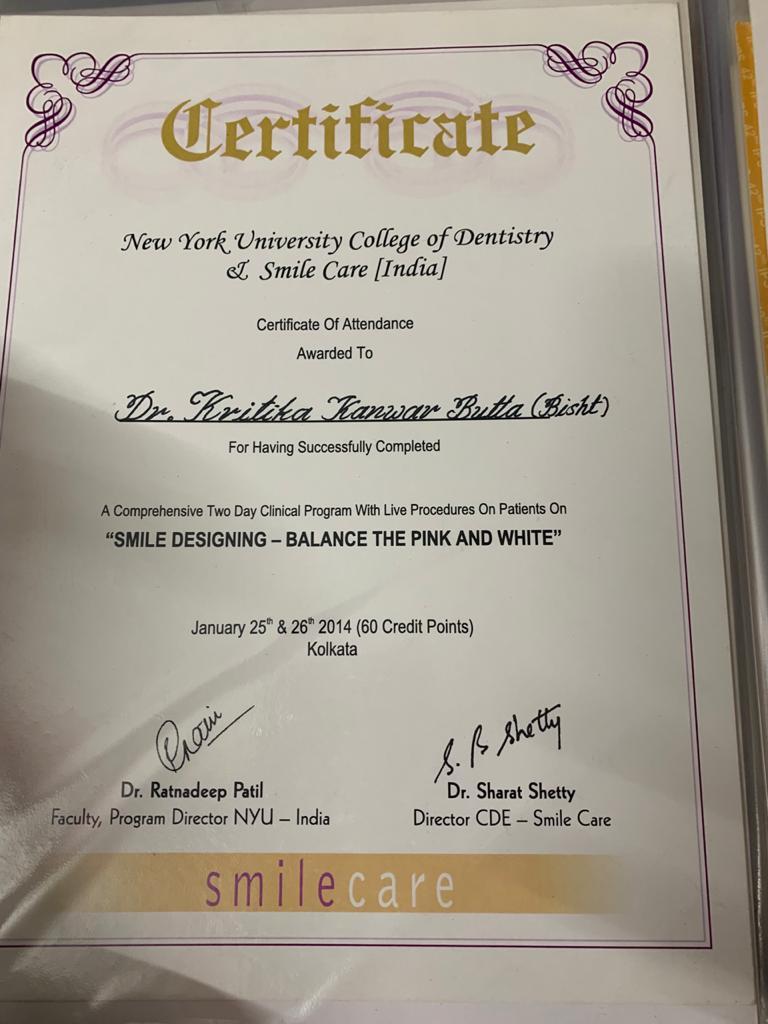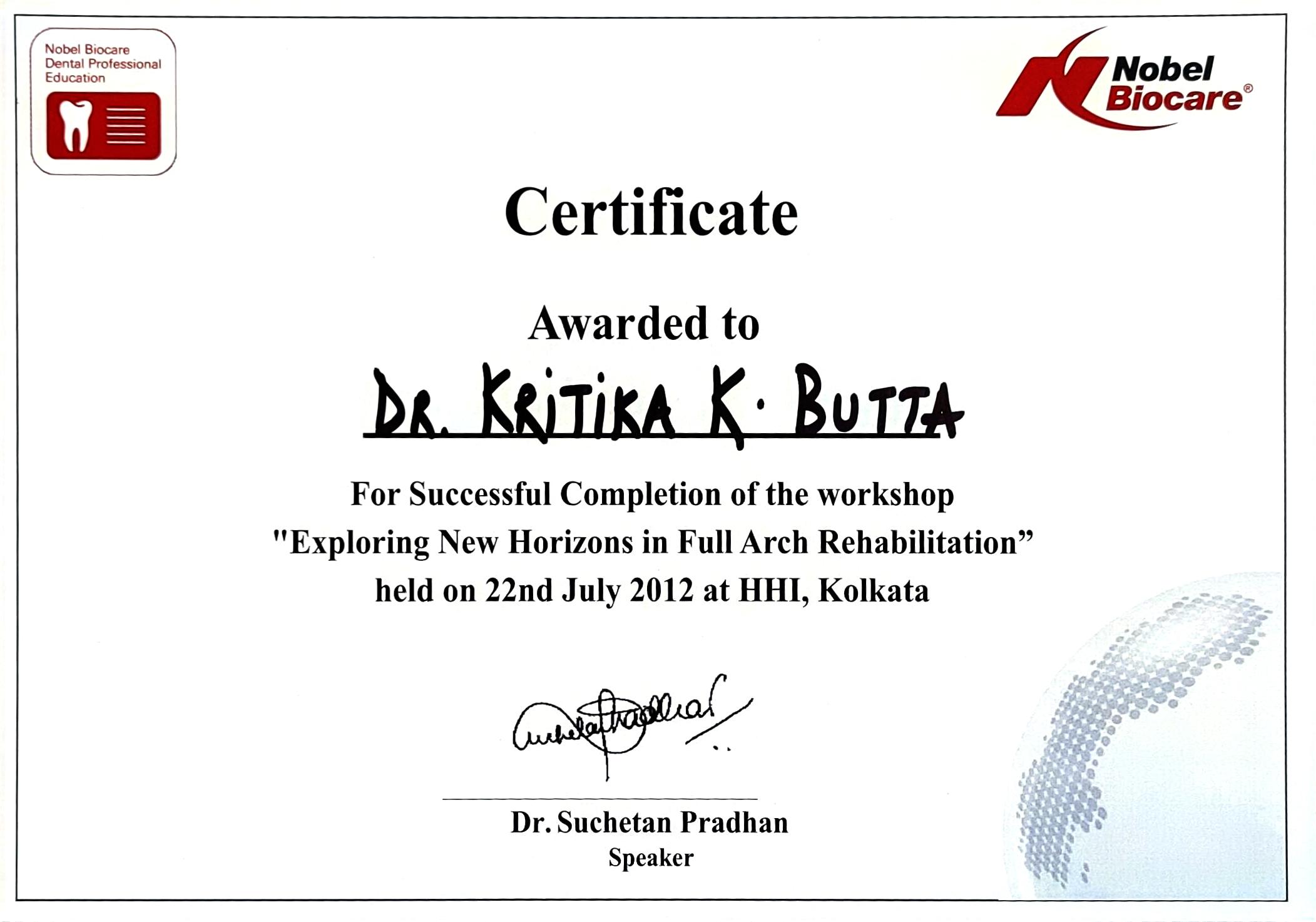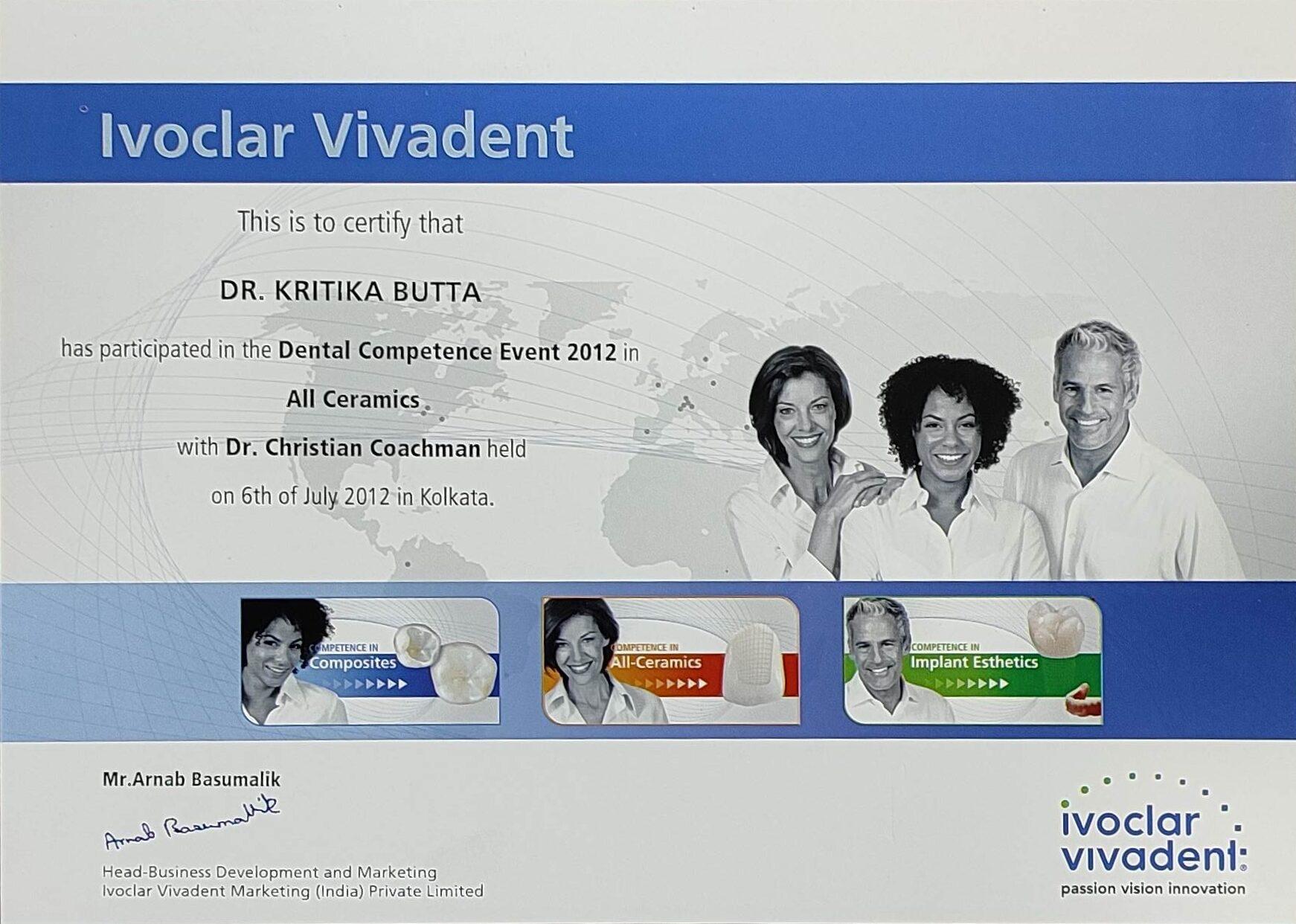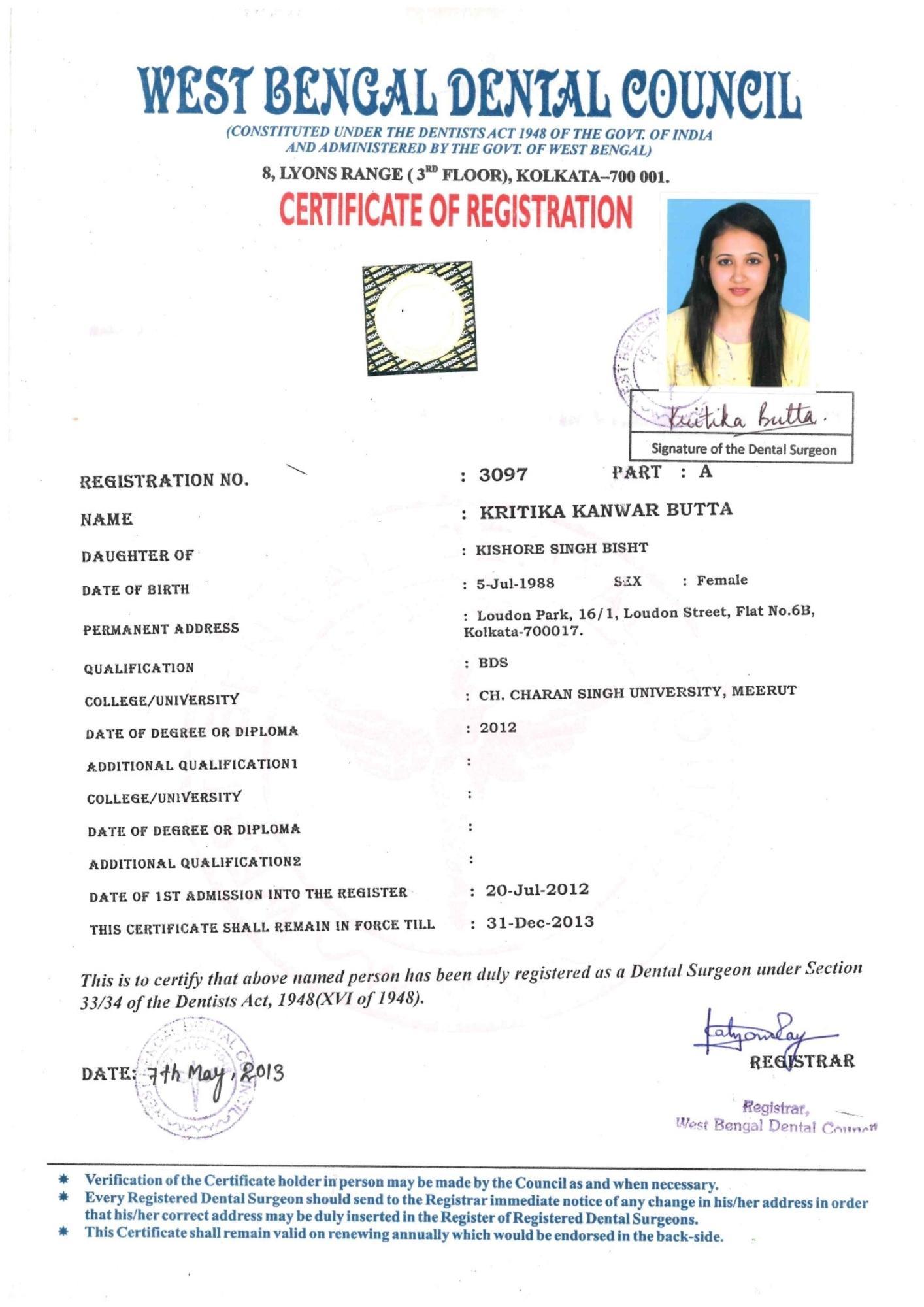Frequently Asked Questions
Frequently Asked Questions
There are ways to detect if a patient has a TMJ disorder. You could check the condition of your teeth (enamel is worn off due to grinding and clenching at night), your jaw position, your posture and if you experience popping or clicking when you chew, talk or when generally opening your mouth. You can ask your partner if you snore at night. However, seeking the help of a TMJ specialist is always advised. Most people do not even know that they are suffering from a TMJ disorder and confuse it with a nerve issue. Only a TMJ specialist can gauge the severity of your case and suggest solutions that would work best for you.
If you suspect having a TMJ disorder, you must make an appointment with a TMJ specialist at the earliest for proper diagnosis and treatment. A TMJD consultation is a combination of the doctor asking you about your history of pain and discomfort (case history), a thorough physical examination and a few diagnostic tests for clarity. Physical examination consists of visual examination of oral cavity and palpation, assessing any visible swelling in the face, tenderness on pressing and malaligned jaw position (detecting facial asymmetry). Digital imaging tests such as OPG, CBCT of the TMJ and airway can be extremely valuable in confirming the physical findings and presenting the real time condition of the jaw and joints in question. Based on the findings and severity of the case, the TMJ specialist will suggest a treatment plan best suited for you.
The TMJ is small yet essential to several functions like chewing, talking, yawning and facial expressions. It also performs musculoskeletal functions. The compression of this joint due to incorrect bite and continuous grinding/ clenching activities can cause pressure on nearby bones affecting hearing and balance. If your jaw does not close correctly it can cause pain in your neck and shoulder region. When the jaw muscles do not function efficiently the surrounding tissues experience chronic pain and swelling. Your jaw muscles run from ear to ear and interact with neck muscles that are responsible for keeping the spine in alignment. Symptoms of jaw distress can send down pain to your neck, shoulders and upper back regions.
Yes, TMJD is treatable and requires a proper and correct diagnosis and treatment plan.Oral appliances such as an orthotic helps to bring and keep the jaw in proper alignment in the first phase that lasts for 6-8 months. Typically. 80-90% of the symptoms are resolved in phase 1 itself. In the second phase, orthodontic treatment is involved which might last for 1.5 years. This option is presented to younger patients and is necessary since once the jaw joints are corrected and the jaw widens, The upper and lower dental arch will not match. The results need to be stabilised with a proper bite so that the patient does not return back to his/her painful days.
No they might look the same but are not the same thing. The plastic night guard protects the teeth at night while grinding continues under tremendous pressure from the jaw muscles. Orthotic plays a different role.The appliance is suppose to be worn 24*7 and it holds the jaw in a position where the TMJ and jaw muscles are relaxed and comfortable. An orthotic is designed to stop the teeth from grinding and eventually the other TMJD symptoms also fade away.
Your physician will suggest you to take an overnight sleep study test or polysomnogram. The readings will help the physician decide if you have sleep apnea or not.
Snoring is a sign of obstructive sleep apnea, but not everyone who snores has sleep apnea. Snoring is caused by an obstruction of the upper airways but not always accompanied with cessation in breathing. Serious snorers must take advice from a doctor to understand if their snoring is a sign of sleep apnea or not.
According to research, more than 60% of patients facing TMJD issues suffer from Obstructive Sleep Apnea (OSA). To detect OSA, a sleep study or polysomnogram needs to be conducted, the readings of which are analysed by the physician. OSA can affect the teeth, jaws, tongue and mouth. Due to the close correlation between the two disorders and the life threatening consequences of living with OSA, the doctor will suggest the TMJD patient gets a sleep study done. One of the treatment approaches of TMJD is a nighttime appliance. This appliance helps bring OSA symptoms under control if not completely eliminate them.
Unfortunately, with time TMJD only gets worse. The symptoms do not magically disappear, in fact they become serious and hamper your day to day functioning. What might start off as one-off incidents of short sharp pain in your jaws and occasional clicking and popping noises might deteriorate to loss of a portion of the jaw joint, wear and tear of tooth structure and permanent change in bite.
Yes, TMJD is common among teenagers due to growing levels of stress or trauma to the jaw. However, TMJD can affect people of any age group.
There are ways to detect if a patient has a TMJ disorder. You could check the condition of your teeth (enamel is worn off due to grinding and clenching at night), your jaw position, your posture and if you experience popping or clicking when you chew, talk or when generally opening your mouth. You can ask your partner if you snore at night. However, seeking the help of a TMJ specialist is always advised. Most people do not even know that they are suffering from a TMJ disorder and confuse it with a nerve issue. Only a TMJ specialist can gauge the severity of your case and suggest solutions that would work best for you.
If you suspect having a TMJ disorder, you must make an appointment with a TMJ specialist at the earliest for proper diagnosis and treatment. A TMJD consultation is a combination of the doctor asking you about your history of pain and discomfort (case history), a thorough physical examination and a few diagnostic tests for clarity. Physical examination consists of visual examination of oral cavity and palpation, assessing any visible swelling in the face, tenderness on pressing and malaligned jaw position (detecting facial asymmetry). Digital imaging tests such as OPG, CBCT of the TMJ and airway can be extremely valuable in confirming the physical findings and presenting the real time condition of the jaw and joints in question. Based on the findings and severity of the case, the TMJ specialist will suggest a treatment plan best suited for you.
The TMJ is small yet essential to several functions like chewing, talking, yawning and facial expressions. It also performs musculoskeletal functions. The compression of this joint due to incorrect bite and continuous grinding/ clenching activities can cause pressure on nearby bones affecting hearing and balance. If your jaw does not close correctly it can cause pain in your neck and shoulder region. When the jaw muscles do not function efficiently the surrounding tissues experience chronic pain and swelling. Your jaw muscles run from ear to ear and interact with neck muscles that are responsible for keeping the spine in alignment. Symptoms of jaw distress can send down pain to your neck, shoulders and upper back regions.
Yes, TMJD is treatable and requires a proper and correct diagnosis and treatment plan.Oral appliances such as an orthotic helps to bring and keep the jaw in proper alignment in the first phase that lasts for 6-8 months. Typically. 80-90% of the symptoms are resolved in phase 1 itself. In the second phase, orthodontic treatment is involved which might last for 1.5 years. This option is presented to younger patients and is necessary since once the jaw joints are corrected and the jaw widens, The upper and lower dental arch will not match. The results need to be stabilised with a proper bite so that the patient does not return back to his/her painful days.
No they might look the same but are not the same thing. The plastic night guard protects the teeth at night while grinding continues under tremendous pressure from the jaw muscles. Orthotic plays a different role.The appliance is suppose to be worn 24*7 and it holds the jaw in a position where the TMJ and jaw muscles are relaxed and comfortable. An orthotic is designed to stop the teeth from grinding and eventually the other TMJD symptoms also fade away.
Your physician will suggest you to take an overnight sleep study test or polysomnogram. The readings will help the physician decide if you have sleep apnea or not.
Snoring is a sign of obstructive sleep apnea, but not everyone who snores has sleep apnea. Snoring is caused by an obstruction of the upper airways but not always accompanied with cessation in breathing. Serious snorers must take advice from a doctor to understand if their snoring is a sign of sleep apnea or not.
According to research, more than 60% of patients facing TMJD issues suffer from Obstructive Sleep Apnea (OSA). To detect OSA, a sleep study or polysomnogram needs to be conducted, the readings of which are analysed by the physician. OSA can affect the teeth, jaws, tongue and mouth. Due to the close correlation between the two disorders and the life threatening consequences of living with OSA, the doctor will suggest the TMJD patient gets a sleep study done. One of the treatment approaches of TMJD is a nighttime appliance. This appliance helps bring OSA symptoms under control if not completely eliminate them.
Unfortunately, with time TMJD only gets worse. The symptoms do not magically disappear, in fact they become serious and hamper your day to day functioning. What might start off as one-off incidents of short sharp pain in your jaws and occasional clicking and popping noises might deteriorate to loss of a portion of the jaw joint, wear and tear of tooth structure and permanent change in bite.
Yes, TMJD is common among teenagers due to growing levels of stress or trauma to the jaw. However, TMJD can affect people of any age group.



![tmj logo_1[2081] tmj logo_1[2081]](http://thetmj.com/wp-content/uploads/elementor/thumbs/tmj-logo_12081-px4qcf7n1spcllekr18t0zb90ghalcmbamgiub0gme.png)

